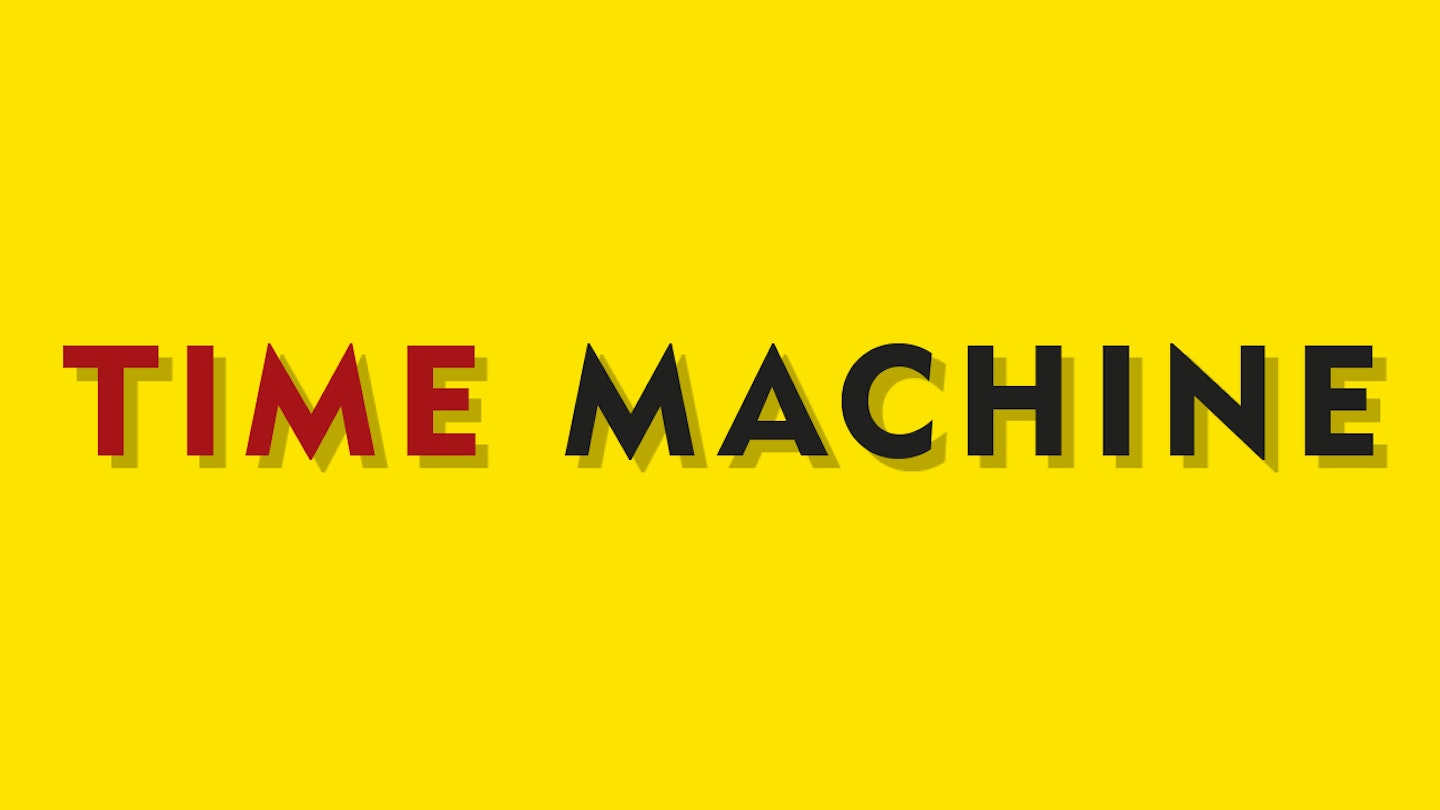12 September, 1966
As 7.30pm approached this autumn Monday evening, the young American entertainment-seeker had a choice: listen to the radio (The Supremes were Number 1 with You Can’t Hurry Love) or watch the third season of daffy castaway sitcom Gilligan’s Island start on CBS. Or how about this new music and comedy show on NBC called The Monkees? TV Week’s preview had compared it to the Marx Brothers doing A Hard Day’s Night. Hmmm…
And so viewers tuned into the first episode of The Monkees, entitled Royal Flush. The comedic action involved a struggling young band of amiable loons rescuing Princess Bettina of Harmonica from her evil uncle Otto, with goofy gags, costume changes, songs and sponsorship from Kellogg’s Corn Flakes. The group’s jangling debut single Last Train To Clarksville had entered the charts at 67 two days earlier, and as the show became established over the coming weeks, it started to motor. On September 17 it reached Number 43; after September 19’s haunted house/inheritance caper Monkee See, Monkee Die, it rose to Number 26. September 26’s anti-greed toymaking parable Monkee vs Machine pushed the single again. By November 5 it was Number 1, followed a week later by their self-titled debut album. By the end of the year, The Monkees were touring to hysterical crowds.
The textbook success story had begun in September ’65, when TV producers Bob Rafelson and Bert Schneider placed ads in the trade press, reading: “Madness!! Auditions. Folk & Roll musicians-singers for acting roles in new TV series. Running parts for 4 insane boys, age 17-21…”
From 437 applicants who turned up at the LA casting – never including murder-cultist Charles Manson, despite urban myth – four insane boys were duly signed up. Manchester-born Davy Jones and local Micky Dolenz were both actors who’d sung. Coming with purely musical backgrounds were Texan Michael Nesmith and northeasterner Peter Tork. They’d never met, but the producers, eyeing the kind of appeal the Fab Four commanded, saw a spark in their manufactured creation’s shared chemistry.
Refined via audience feedback, the show was sold to NBC in February 1966. In addition to the long days on set which began in May, publisher Don Kirshner brought in writing/ production team Tommy Boyce and Bobby Hart to helm the music the group would release. From June, they recorded with sessioneers including the Wrecking Crew and The Candy Store Prophets, though a disaffected Nesmith was quick to get in on the writing and producing action, and encouraged his new bandmates to sing and play. “When we did The Monkees Theme,” Boyce later told Hit Parader, “we pictured just four kids walking down any street… four buddies in long hair and everybody noticing them… they wrote a whole script for [Last Train To Clarksville].”
September 1, 1966 saw them begin a six-date promo tour at the Hollywood base of production company Screen Gems, meeting the local movers, playing live and showing some episodes. After stop-offs in Chicago (6), Boston (7) and New York (8 and 9), the jaunt concluded back in California on September 11, where winners of a radio phone-in rode a train to the coastal resort of Del Mar, which had been renamed Clarksville for the day. The Monkees arrived by helicopter, mingled with winners and played their first public live show on the train back. “I was 19, 20 years old,” Jones reflected later of their hectic beginnings. “So I was full of the fun of the fair, and so were the other guys.”
With follow-up single I’m A Believer also topping the US charts in December, there was criticism when Nesmith admitted the group didn’t play on their own records – The Byrds’ January 1967 45 So You Want To Be A Rock ’N’ Roll Star was widely believed to be a dig at the manufactured Monkees. Nesmith denied it, but told Mojo in 1997,
“It wasn’t other performers that were, er, ‘snooty’ about The Monkees, it was just journalists who never got the ideology of the whole thing in the first place.”
After the group took greater control of their output with 1967’s Number 1 album Headquarters, they remained on top, and in June ’67 the TV show won two Emmy awards. But the simple fun-times couldn’t last. In March ’68, the decreasingly clean-cut show was cancelled after two series, the hits began to dry up and in December, their psychedelic movie satire Head tanked. Peter Tork walked in early ’69, telling journalist Bruce Pollock in 1982, “It was a unique phenomenon, to be a member of a group that wasn’t really a group and yet was a group.” By 1971 it was all over.
Except it never would be, really. The Monkees’ afterlife on TV continued, and their reunions were frequent. Though Jones and Tork are both gone, this September Dolenz and Nesmith begin what could be their last US tour together. Happy to forever be Micky the wacky drummer, Dolenz reflected on life in The Monkees to Closer in 2018: “We just caught lightning in a bottle.”
